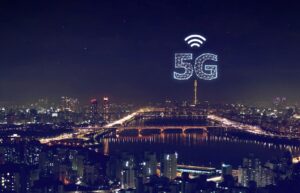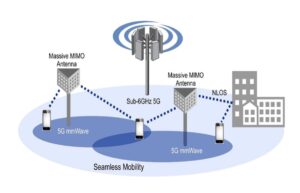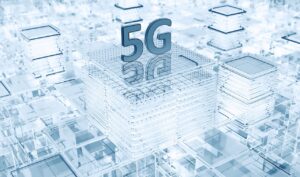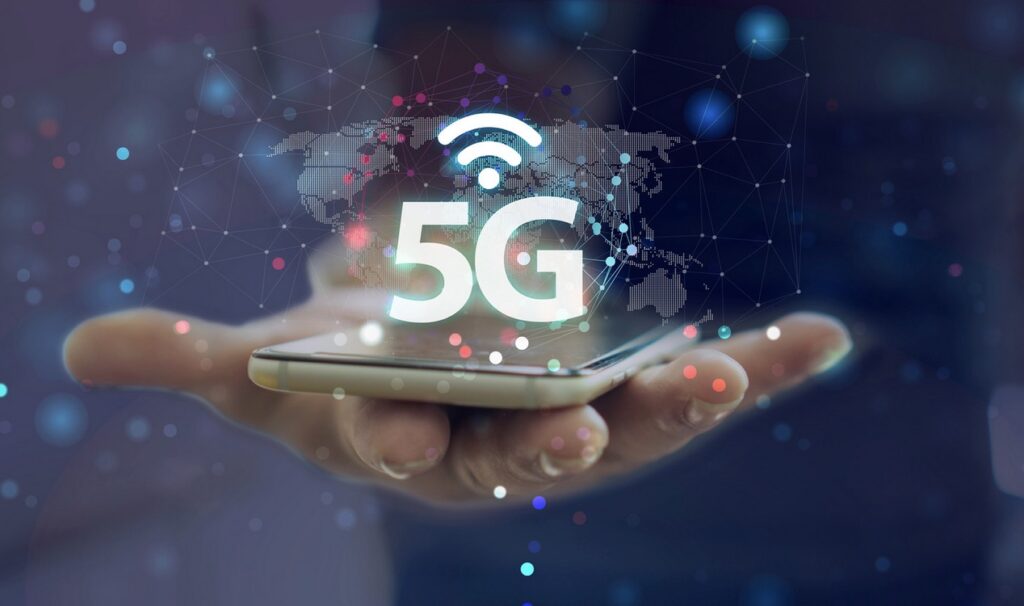Overview of 5G mmWave Technology
mmWave, short for millimeter wave, refers to a specific section of the radio frequency spectrum between 24 GHz and 100 GHz. This part of the spectrum is less congested than lower frequencies, making it an attractive choice for communication. It’s in this frequency band that 5G networks operate, facilitating fast wireless communication with improved capacities and reduced latencies. Precisely, mmWave is a significant part of the 5G network’s evolution from its predecessor, 4G.
Key Features of mmWave Technology
mmWave Technology boasts a variety of unique characteristics:

- High Frequency: As mentioned, mmWave operates between 24 GHz and 100 GHz. These higher frequencies can accommodate more data transmission, translating into increased broadband speeds.
- Large Bandwidth: Unlike lower-frequency bands, mmWave provides larger bandwidth. This allocation leads to ultra-fast data transfer rates, which can play a vital role in applications requiring quick data transfers.
- Low Latency: The high frequency and large bandwidth of mmWave technology result in lower latency, usually less than 1 millisecond. This ensures real-time communication and can be particularly beneficial in applications such as autonomous vehicles and telemedicine.
- Short Range, High Capacity: While mmWave signals have a relatively short range – typically 1-2 kilometers – the capacity within that range outperforms other types of networks. This attribute makes it ideal for dense urban environments where many devices may need to connect within a small area.
What is a Benefit of 5g mmWave Technology?
As the era of 5G mmWave technology dawns, it promises a transformative impact on various facets of life. Here, we’ll explore some of these benefits in detail.
Enhanced Mobile Broadband (eMBB)
5G mmWave technology considerably enhances mobile broadband capability. Leveraging the virtues of its unprecedentedly high frequency and large bandwidth, it delivers data transfer rates that outpace 4G LTE by far. Think of downloading a movie that’s 5GB in size.

With 4G, even at its peak speed, the movie might take close to 8 minutes to download. Use 5G mmWave technology, and you could have it in about 4 seconds.
This potent speed boost revolutionizes media-rich applications – streaming ultra-HD movies, interactive multimedia classrooms, immersive augmented and virtual reality experiences – the possibilities become manifold.
Ultra-Reliable Low Latency Communications (URLLC)
Low latency forms the backbone of real-time and mission-critical applications. With 5G mmWave, the latency measures in mere milliseconds – faster than the blink of a human eye. This paves the way for instantaneous communication between devices, a substantial benefit for fields such as autonomous vehicles and remote surgeries.
For instance, consider autonomous cars. These highly complex machines rely on continuous real-time communication among various components. A millisecond delay in response could, in adverse scenarios, spell catastrophe.
Applications of 5G mmWave in Industry
DDrawing upon previously discussed features like Enhanced Mobile Broadband, Ultra-Reliable Low Latency Communications, and Massive Machine Type Communications, 5G mmWave technology is positioned to transform various industry sectors. The industries that stand to benefit the most are healthcare along with smart cities and infrastructure due to their reliance on rapid and dependable data transfer.
Healthcare Innovations
5G mmWave technology holds immense potential for future healthcare innovations. For instance, remote patient monitoring systems could utilize 5G’s high-speed data transfer to relay critical health data in real-time.

Leveraging the low latency of 5G mmWave, telemedicine consultations become possible regardless of geographical constraints, hence optimizing patient care.
Additionally, surgical procedures could be revolutionized; with the aid of AR/VR applications dependent on 5G’s speed and reliability, surgeons can conduct intricate procedures with increased precision.
Smart Cities and Infrastructure
Turning the lens to infrastructure, smart cities represent a key beneficiary of 5G mmWave technology. Connected IoT devices ranging from traffic sensors to smart meters can communicate seamlessly over the 5G network, enabling efficient resource management. Furthermore, the high data transfer rates offer detailed, real-time insights into urban systems, fostering data-driven decision-making for urban planning and management. Critical services such as emergency response systems can also be upgraded with 5G, ensuring timely assistance during incidents. In conclusion, the diverse applications of 5G mmWave technology make it a pivotal tool in the future development of various industry sectors.

